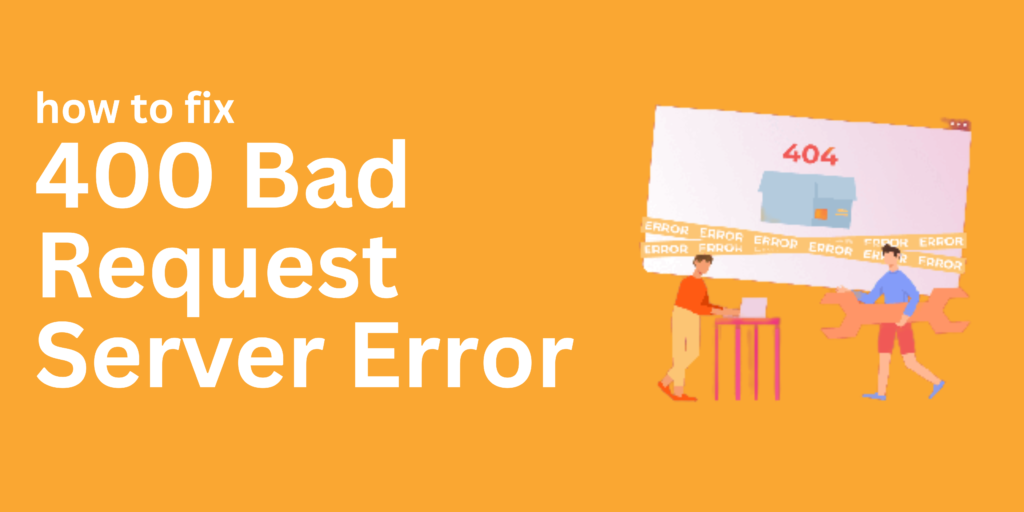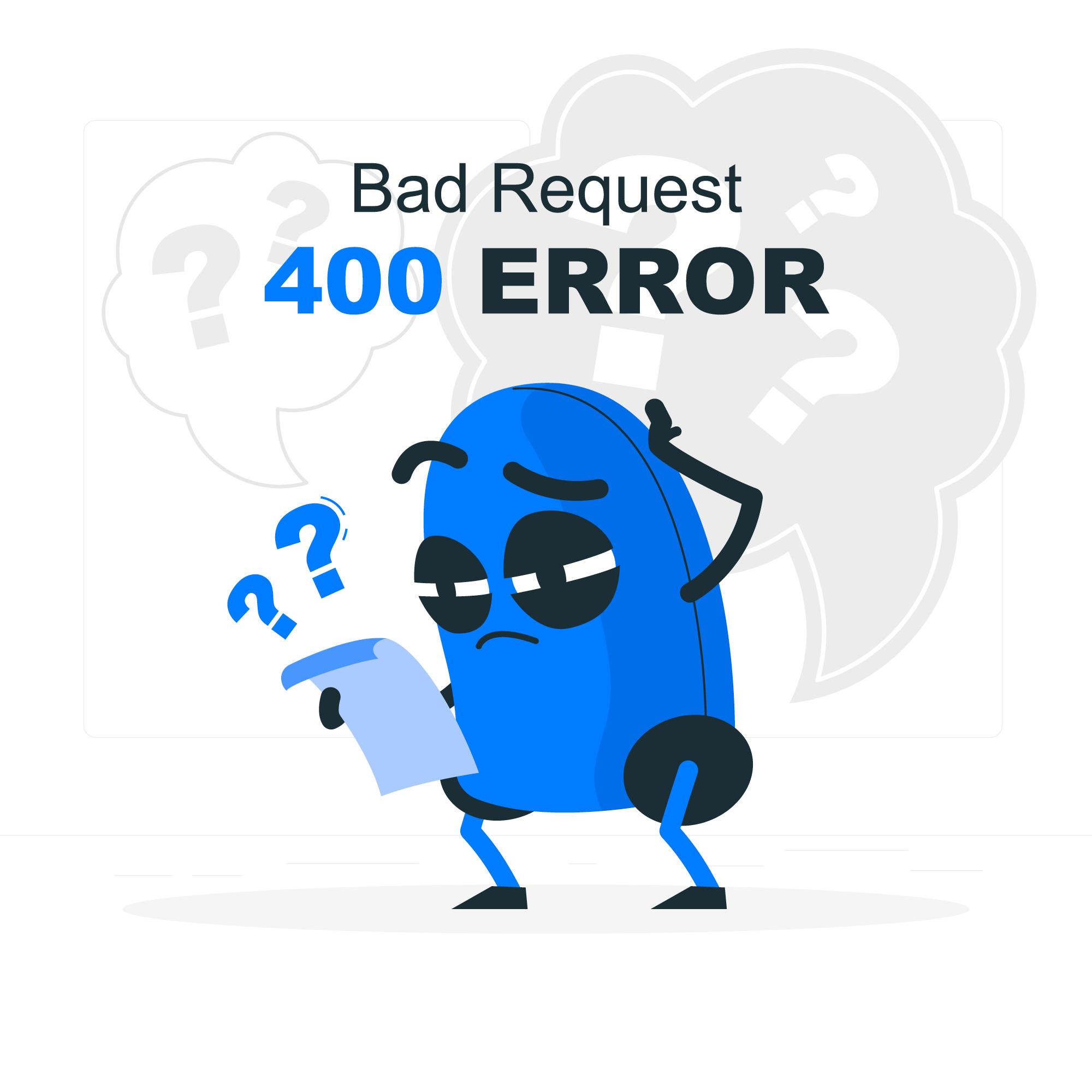If you’ve ever encountered a “400 Bad Request” error code while browsing the internet, you may be wondering what it means and how to fix it. In this blog post, we’ll explain what a 400 error code is, why it occurs, and how you can resolve it.

What is a 400 Error Code?
A 400 error code is an HTTP status code that indicates that the server could not understand the request due to malformed syntax. In other words, the server does not know how to interpret the request because it is incorrect or incomplete.
Why Does a 400 Error Occur?
A 400 error code can occur for a variety of reasons, including:
- Malformed syntax: If the request contains incorrect or incomplete syntax, the server may not be able to interpret the request correctly, resulting in a 400 error code.
- Invalid request parameters: If the request parameters are incorrect, the server may not be able to process the request, resulting in a 400 error code.
- Corrupt or damaged cookies: If the cookies used to authenticate the user’s session are corrupt or damaged, the server may not be able to process the request, resulting in a 400 error code.
How to Resolve a 400 Error Code If you receive a 400 error code while browsing the internet, there are several steps you can take to resolve the issue:
- Double-check the URL: Ensure that you are entering the correct URL and that there are no typos in the address.
- Clear your browser cache: Clearing your browser cache can sometimes resolve a 400 error code by forcing the browser to fetch the updated resource.
- Check your request parameters: If the request parameters are incorrect, double-check the syntax and ensure that the request is complete.
- Delete cookies: If the cookies used to authenticate the user’s session are corrupt or damaged, deleting the cookies and logging in again may resolve the issue.
- Contact the website administrator: If the issue persists, you may need to contact the website administrator for assistance. They may be able to provide additional information or help you troubleshoot the issue.
Conclusion A 400 error code can be frustrating when browsing the internet, but it is usually easy to resolve by checking the URL, clearing your browser cache, checking your request parameters, or deleting cookies. By following these steps, you can quickly gain access to the resource you need. If the issue persists, contacting the website administrator may be necessary.






